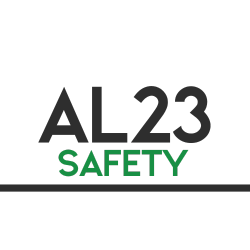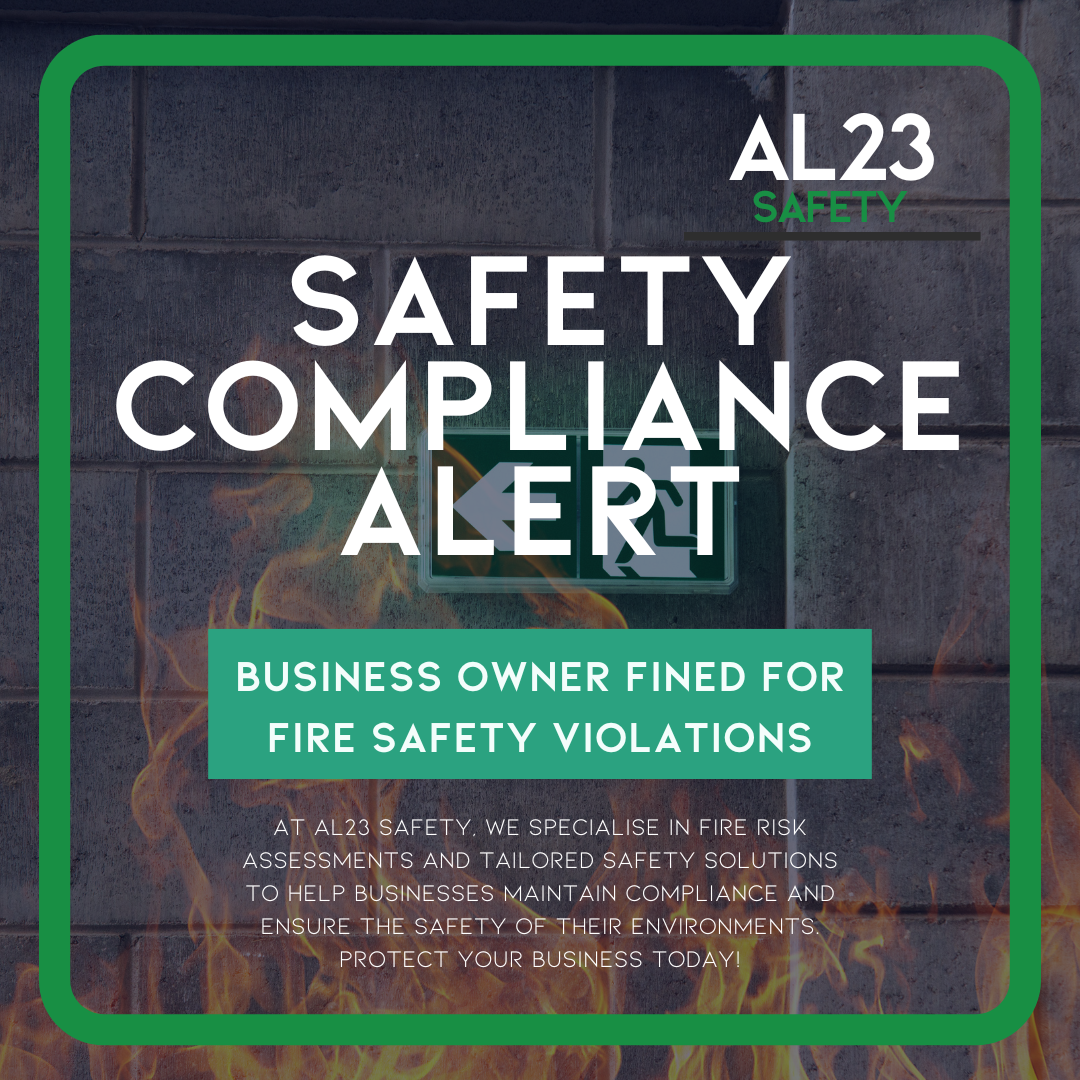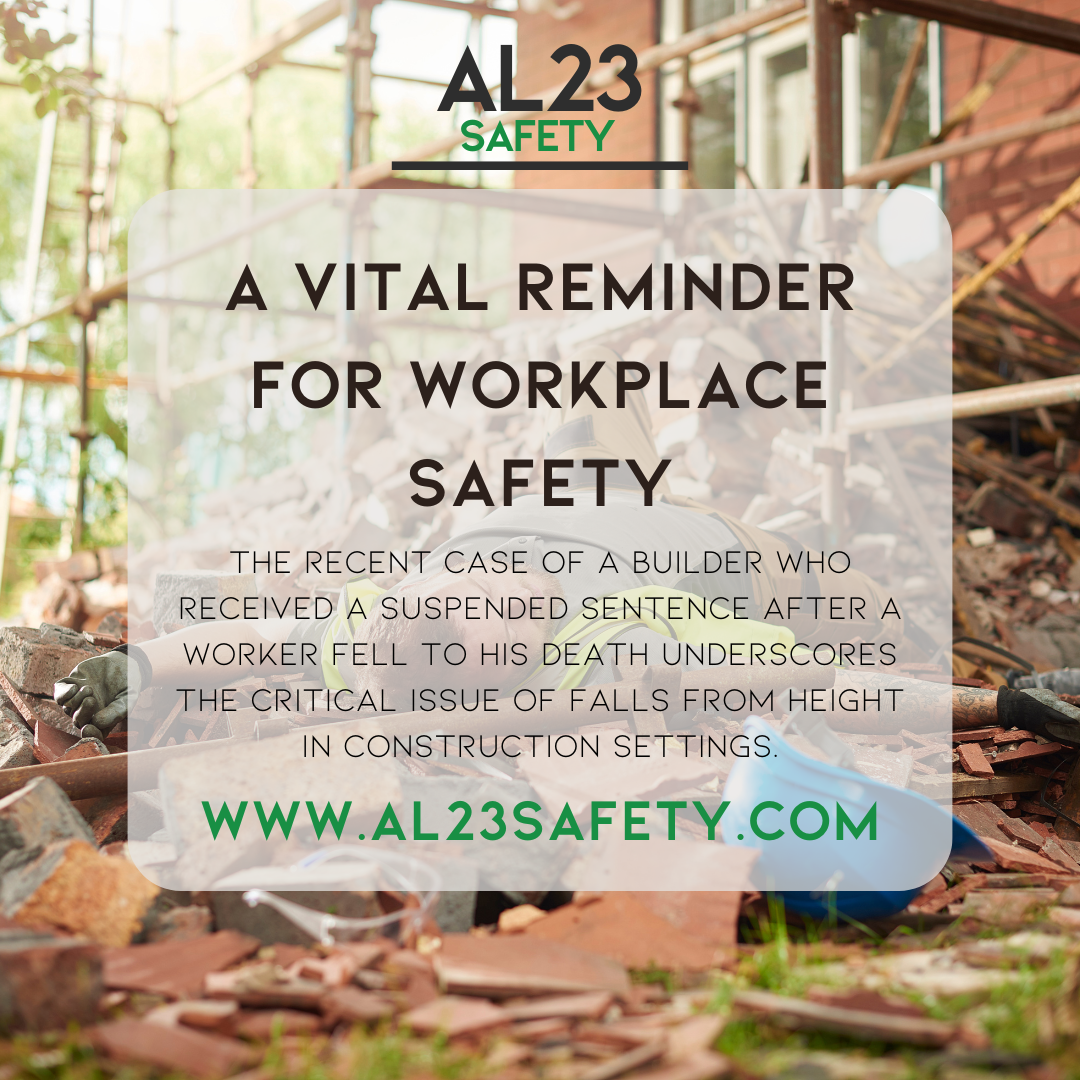Pregnancy risk assessments are a critical pillar of workplace health and safety, ensuring the wellbeing of pregnant employees and new parents while meeting UK regulatory requirements. The Health and Safety Executive (HSE) mandates these assessments under the Management of Health and Safety at Work Regulations 1999, yet nearly half of expectant parents feel unsupported upon returning to work, highlighting a gap in effective implementation. At AL23 Safety, we specialise in delivering tailored pregnancy risk assessments that foster inclusive workplaces, ensuring compliance and enhancing employee retention. With reports indicating that 50% of pregnant employees plan to leave their jobs within a year of returning, neglecting these assessments risks both talent loss and legal repercussions.
At AL23 Safety, we view pregnancy risk assessments as more than a compliance exercise, they’re an opportunity to build trust and support vulnerable employees. Our consultancy has helped businesses reduce turnover by up to 30% through bespoke safety strategies that prioritise wellbeing. In this blog post, we’ll outline five essential steps to implement effective pregnancy risk assessments, ensuring compliance with HSE guidelines and creating a supportive workplace culture that protects pregnant employees and boosts morale.
The Critical Need for Pregnancy Risk Assessments
Pregnancy risk assessments are mandated to protect pregnant employees, new mothers, and those breastfeeding from workplace hazards, as outlined in Regulation 16 of the 1999 Regulations. These assessments identify risks such as physical demands, chemical exposures, or ergonomic issues, ensuring employers take reasonable steps to mitigate them. Failure to comply risks fines, legal action, and reputational damage, with HSE prosecutions showing penalties up to £20,000 for breaches of health and safety duties.
Beyond legal obligations, pregnancy risk assessments are vital for employee wellbeing and retention. A lack of support can lead to stress, health issues, and high turnover, with studies showing pregnant employees are twice as likely to leave if their needs are ignored. AL23 Safety’s tailored assessments address these challenges, fostering inclusive environments where employees feel valued, as seen in a retail client that improved retention by 25% after implementing our recommendations.
5 Essential Steps for Effective Pregnancy Risk Assessments
Drawing from HSE guidelines and our expertise, here are five critical steps to ensure robust pregnancy risk assessments and support employee wellbeing.
Step 1: Foster Open Communication for Pregnancy Risk Assessments
Effective pregnancy risk assessments begin with open dialogue. Encourage pregnant employees to share their needs without fear of stigma. AL23 Safety facilitates confidential consultations, ensuring tailored assessments. A manufacturing client we supported saw a 20% increase in employee engagement after implementing our communication framework for risk assessments.
Step 2: Identify and Evaluate Specific Workplace Hazards
Assess risks like heavy lifting, prolonged standing, or exposure to chemicals, tailoring evaluations to each employee’s role and stage of pregnancy. AL23 Safety’s assessments pinpoint hazards, recommending adjustments like modified duties. An office client reduced ergonomic complaints by 30% after our pregnancy risk assessments led to workstation changes.
Step 3: Implement Tailored Risk Control Measures
Once risks are identified, implement controls such as adjusted schedules, ergonomic equipment, or temporary reassignments. Pregnancy risk assessments must be practical and employee-focused. Our consultancy helped a hospitality firm introduce flexible breaks, enhancing wellbeing and compliance with HSE standards.
Step 4: Regularly Review and Update Risk Assessments
Pregnancy evolves, so assessments must be dynamic, reviewed as conditions change or at least every trimester. AL23 Safety conducts ongoing reviews, ensuring relevance. A logistics client maintained compliance by adopting our review process, avoiding HSE scrutiny and supporting pregnant staff effectively.
Step 5: Partner with Experts for Comprehensive Pregnancy Risk Assessments
Navigating pregnancy risk assessments requires expertise to balance compliance and wellbeing. AL23 Safety’s consultants provide tailored solutions, from assessments to training, ensuring adherence to the 1999 Regulations. A retail client avoided penalties and boosted morale by implementing our risk assessments, achieving a supportive workplace culture.
The AL23 Safety Advantage in Pregnancy Risk Assessments
AL23 Safety stands out by delivering bespoke pregnancy risk assessments tailored to industries like retail, manufacturing, and offices. Our certified consultants combine deep knowledge of HSE regulations with practical experience, offering assessments, training, and ongoing support. Clients report reduced turnover, enhanced employee satisfaction, and full compliance, as seen in a firm that transformed its workplace culture post-consultation.
Pregnancy risk assessments are not just about compliance, they’re about valuing employees and ensuring their wellbeing. By adopting these five steps, businesses can mitigate risks, foster inclusivity, and avoid costly penalties. Don’t risk employee trust or legal fallout, contact AL23 Safety today to schedule your pregnancy risk assessment and build a safer, more supportive workplace now.



